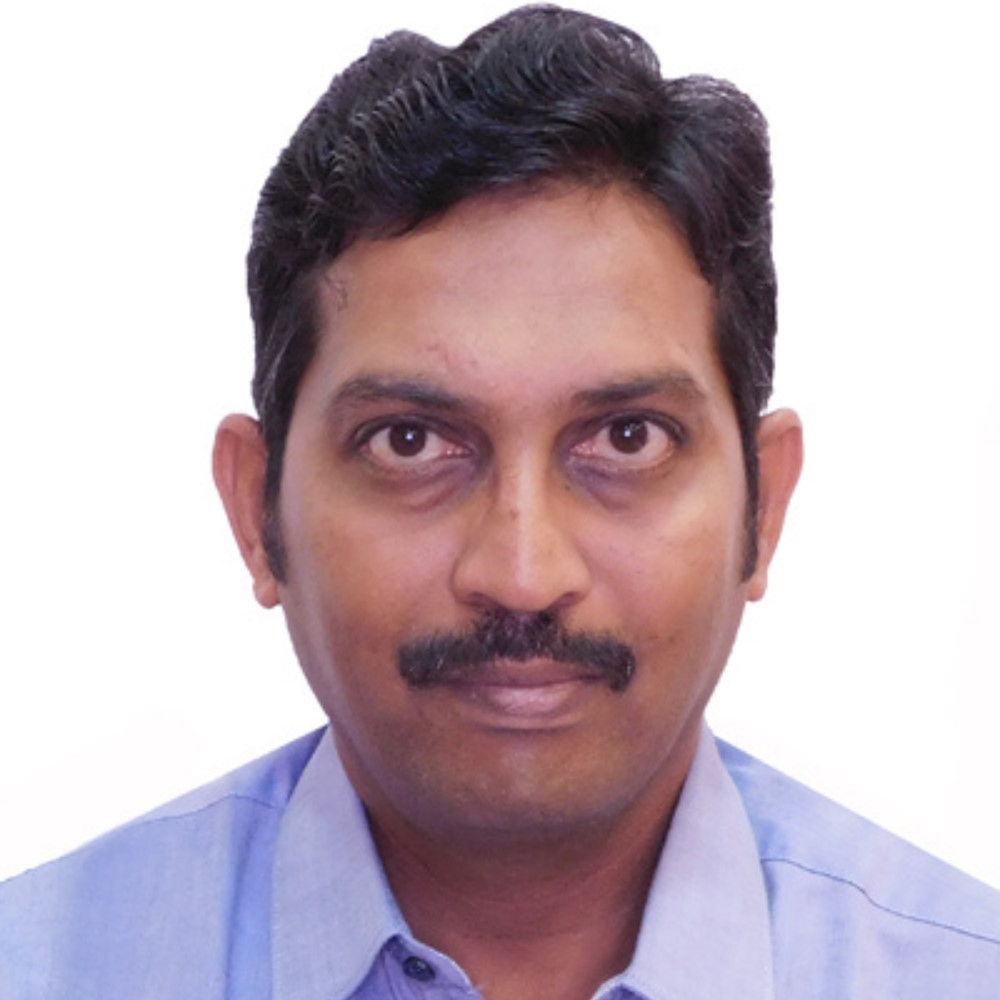
Back to Name List
Now you are viewing:

Name: VK Parandhaman
Country: Singapore
Country: Singapore

About VK Parandhaman
VK Parandhaman is a highly respected Environmental Professional, recognised for leading the implementation of environmental infrastructure across major projects in Singapore. With strong credentials in environmental engineering, public health, and safety management, he is a registered officer in WSHE and EIA. His strategic leadership has driven award-winning sustainability initiatives—from wildlife conservation to innovative carbon footprint analysis—earning widespread recognition for enhancing environmental performance and fostering a strong culture of sustainability within multidisciplinary teams.
List the Safety and Health achievements/contributions you have achieved in 2024.
In 2024, VK Parandhaman played a key role in elevating safety and health standards across major infrastructure projects in Singapore. Under his leadership, project teams achieved several prestigious accolades, including the WSH SHARP Award 2024, RoSPA Gold Award for Occupational Safety, and multiple honours at the LTA Annual SHE Award Convention, such as the Construction Safety Excellence, Safety Innovation, Good Housekeeping, and SCAL Productivity & Innovation Awards. These achievements reflect his hands-on leadership and dedication to operational excellence. VK spearheaded innovative solutions including Marine GPS worker tracking, real-time gas detection alerts, wireless equipment control systems, and anti-collision technologies. His commitment to sustainability was evident through initiatives like solar-powered lighting, passive wildlife management, and lightweight life jackets to reduce heat stress. By driving proactive training, safety audits, and cross-functional collaboration, VK fostered a culture of continuous improvement, positioning his projects as industry benchmarks for safety, innovation, and environmental stewardship.
Outline the Workplace Safety and Health initiatives that have been implemented by you in your workplace in 2024.
In 2024, with strong management support and close collaboration with his team, they implemented a series of innovative Workplace Safety and Health (WSH) initiatives across CCCC’s major infrastructure projects. Key advancements included the Marine GPS Monitoring System for real-time worker tracking, a Water Monitoring System to detect leaks and optimise usage, and Wireless Control Systems for SGB Trailers offering 360-degree operational visibility. They enhanced site safety with Anti-Collision Devices on Gantry Cranes, Proximity Sensors on Excavators, Kevlar PPE for wire saw operations, Lightweight Inflatable Life Jackets to reduce heat stress, and the Span-set Lifeline System for working at heights. Surveillance capabilities were significantly improved through Solar-Powered CCTVs and Real-Time Body Cameras. They also introduced the Marine Bathtub Synchronised Jacking System and a multilingual Lifting Team Online Flipbook to enhance lifting safety. These initiatives, grounded in sustainable practices and driven by teamwork and clear communication, led to measurable improvements in safety performance across their projects.
Describe and support in detail on how your influencing capability has assisted in the successful implementation of these initiatives.
The successful implementation of WSH initiatives in 2024 was driven by VK Parandhaman's ability to influence key stakeholders and foster strong collaboration across all levels of the organisation. By aligning safety goals with the company’s vision and regulatory standards, he secured management's support for innovative solutions. Through clear communication and team engagement, he highlighted the long-term value of initiatives such as Marine GPS Monitoring Systems and Wireless Control for SGB Trailers, ensuring collective ownership of outcomes. He partnered closely with engineers and supervisors to embed these systems effectively, while also integrating sustainability measures—like solar lighting to reduce diesel use and carbon emissions, native flora planting to support marsh-specific fauna, and passive wildlife shepherding during site clearance. Regular cross-functional meetings and briefings helped build buy-in from ground staff to senior leadership. This inclusive, feedback-driven approach not only streamlined integration but also elevated site-wide safety performance and strengthened our culture of continuous improvement.
Describe and provide support on how your initiative impacted the Safety and Health management and performance of your workplace/community/industry that was above and beyond.
The initiatives implemented in 2024, underpinned by strong management support and collaborative teamwork, had a transformative impact on Safety and Health performance—both within their projects and across the broader industry. By deploying cutting-edge technologies such as the Marine GPS Monitoring System, Proximity Sensors on Excavators, and Solar-Powered CCTV, they cultivated a proactive safety culture that emphasised prevention over compliance. These innovations enhanced real-time monitoring, minimised operational risks, and strengthened site surveillance. Through close collaboration with management, they secured the necessary resources and tailored solutions to the unique challenges of each project. Active involvement from engineers, supervisors, and site workers fostered shared ownership, with their input playing a vital role in refining and optimising implementation. The result was a significant reduction in incidents and the establishment of new industry safety benchmarks. Their integrated, sustainability-driven approach has since inspired other organisations to adopt similar practices, further advancing safety standards across the construction sector.
In your opinion, what are the attributes of a safety influencer? Do share with us on how you have demonstrated these attributes in your daily work that will earn you the recognition of a WSHAsia Safety Influencer Award Winner in your workplace/community/industry.
VK Parandhaman belives a safety influencer embodies leadership, proactive communication, empathy, innovation, and the ability to inspire a culture of shared responsibility. He has consistently demonstrated these qualities through close collaboration with management and project teams, ensuring safety remains a core organisational value. By fostering open dialogue and encouraging team participation, he has helped embed safety into everyday practices. His leadership has been instrumental in implementing advanced systems such as the Marine GPS Monitoring System and Anti-Collision Safety Devices, significantly enhancing real-time hazard detection and risk prevention. Working hand-in-hand with engineers and site supervisors, he has championed tailored, site-specific solutions that address complex challenges while reinforcing team accountability. He also promotes continuous learning through regular feedback loops, enabling a culture where every individual feels empowered to contribute to safety outcomes. These efforts have not only improved on-site performance but have also influenced wider industry practices, positioning him as a catalyst for driving excellence in safety and health management.